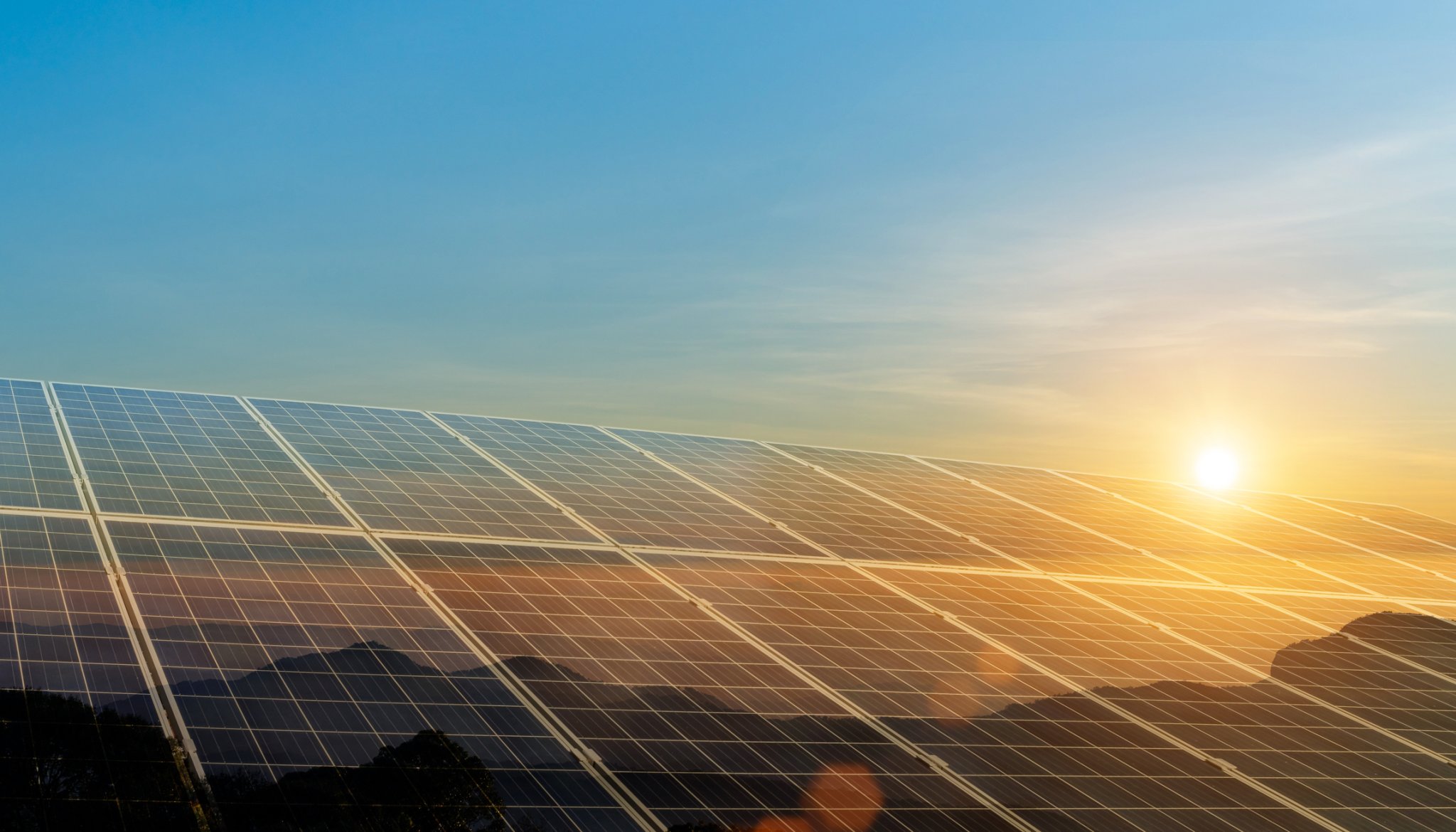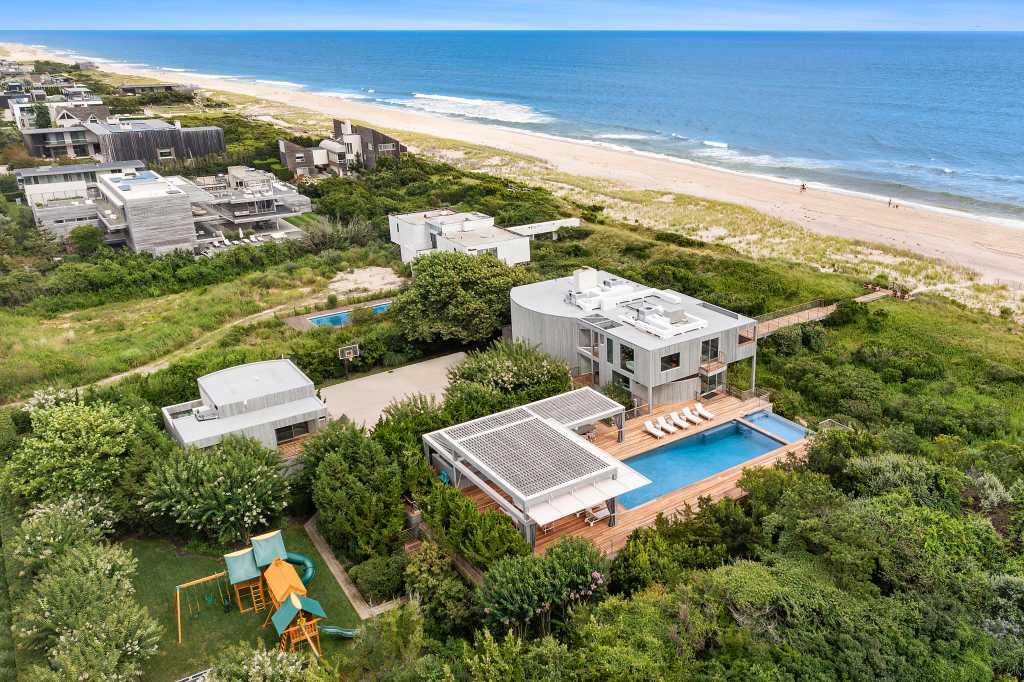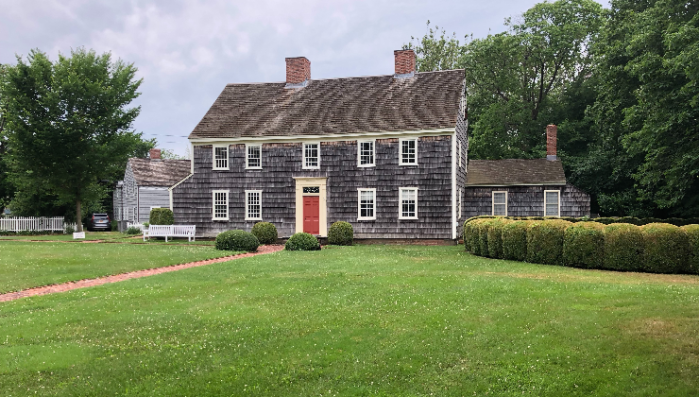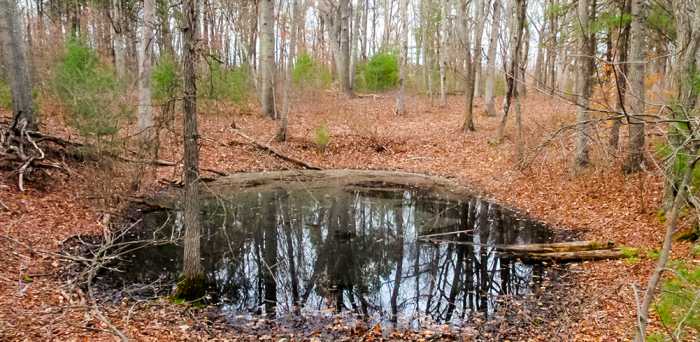Solar Farm to Grow Renewable Energy in North Sea

Hopes for increased clean energy on the East End took a step closer to reality earlier this summer when a Boston-based company began construction of a solar farm in the tiny hamlet of North Sea.
The project, which calls for construction and operation of what is known as a community solar installation, will eventually create approximately 4.5 megawatts of power at a capped landfill in North Sea. The project has been under discussion by Southampton town officials for several years now. In the fall of 2012, the town board unanimously approved a measure to award a contract to Kearsarge Energy, of Boston to construct and operate the solar farm.
Frank Zappone, a former Southampton deputy supervisor who retired from his post and is now a consultant to the project, told Dan’s Papers that the town had issued a request for proposals for the project after studying New York State’s plan to transition ti a clean energy economy by 2040.
“We were pleasantly surprised we got seven or eight responses” from the RFP, Zappone said in a phone interview. Kearsarge is one of the largest builders of solar farms in the Northeast.
The town, he said, did not have a lot of unused public land for such a project, and so chose the former North Sea landfill because it was a Superfund site and could not be used for many other purposes. Once completed, the solar farm will be a boon to some 500 homes and small businesses. They will ultimately be selected by a lottery and will receive up to eight percent off their electric bills for the life of the contract with Kersarge, which is 20 years.
Southampton will receive annual lease payments of $60,000 with a two-year escalator from the developer, town officials said. John Bouvier, who was a member of the town council when discussions for the farm began, and was a driving force behind it, said at the time there would be “no cost” to the town, and added, “that’s really the goal.”
Lynn Arthur, energy chair of Southampton’s Sustainability Committee, said told Dan’s Papers that the committee “has been promoting this project for years.”
“Southampton’s community solar project is the only solar project on Long Island that will pump millions of dollars back into the town hosting the project,” she said. Arthur has been a major supporter of the solar project and is hopeful that other municipalities take similar steps in the future. But, she said, that is far from a certainty. Land for such projects is in short supply.
To create one MW of power, she said, five acres of land are needed. With stops and starts over the years, Long Island has been trying to grow cleaner energy, including making use of solar and wind. There are several wind projects in various stages of construction off the Island’s coast. But the state and the Island have a long way to go.
In 2019, New York State passed the New York Climate Act, which calls for “an orderly and just transition to a clean energy economy.” Specifically, by 2040, there is to be a zero-carbon grid and an 85% percent reduction in carbon emissions. Currently, LIPA says 47% of its power is produced by local fossil-fueled power plants; only 5% comes from solar.
It may seem odd to build a solar farm atop a portion of a capped landfill. The solar farm is to be located at the Southampton transfer station on Major’s Path. LIPA says to reach the state’s goals, it must phase out power contracts with Long Island fossil generators so as to be able to retire up to 800 MW of fossil-fuel use. But some energy experts say landfills are becoming popular locations for solar farms, because so little else can be done with such property.
Zappone said that, if the North Sea site works, the town hopes to construct more such solar farms in the near future. Under its agreement with the town, Kearsarge will reserve 10% of power sale revenue to be re-distributed to Southampton. Of that, 40% will go to offset Southampton’s electrical costs and 60% will be divided among PSEG customers.
Zappone said the lottery will be made up of residents who are unable to equip their homes with solar power. Town officials are hoping the project at North Sea will spark a search for more locations. Sand mines that are under reclamation or are winding down might be used for solar farms.
Kearsarge has dozens of similar projects in the Northeast. The company, established in 2009 by a group of energy professionals, said it seeks to work with local communities to develop renewable energy projects. The solar farm is to be completed in the beginning of 2025, town officials said.









